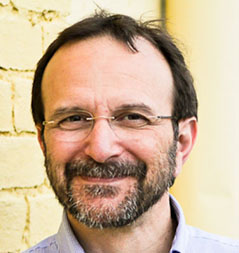TWiM explains the synthesis in bacteria of new energy-dense biofuels that can replace rocket and jet fuels, and the use of nanopore sequencing to improve diagnosis and treatment of patients with serious infections.
TWiM explores the activation of natural product synthesis using CRISPR interference in Streptomyces, and how light/dark and temperature cycling modulate electron flow in Pseudomonas aeruginosa biofilms
In this episode of TWiM, the hidden biochemical diversity in soil-dwelling Actinobacteria that could lead to a second Golden Era of antibiotic discovery, and structures of glideosome components reveals the mechanism of gliding in apicomplexan parasites.
The TWiMmers explore detection of SARS-CoV-2 on surfaces in an ophthalmology examination room, the ability of stressed populations of Yersinia bacteria to survive antimicrobial treatment within host tissues, and how volatile organic chemicals produced by soil microbes attract arthropods which in turn disperse bacterial spores.
Vincent speaks with John Warhol about state microbes, the Periodic Table of the Microbes, and why microbiology is cooler than astrophysics, but they have better TV shows.
The TWiMbionts explore the role of bacteria in genesis of moonmilk, and how ancient host proteins can be used to engineer resistance to virus infection.
Vincent, Elio, and Michael reveal that a soil-dwelling nematode can recognize and respond to a bacterial quorum sensing molecule through a sensory neuron.


